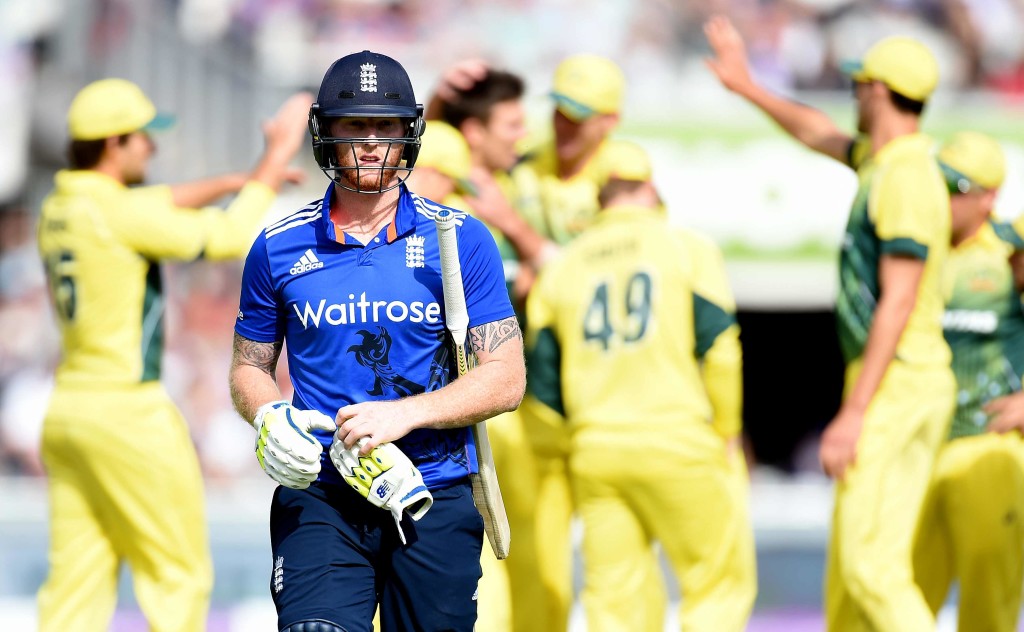In an ODI series that England threatened to turn around, it would be Australia to culminate their tour with a 3-2 victory. SA Cricket magazine discusses five things learned throughout the five contests.
England announced their Test squad for the upcoming tour of the UAE to face Pakistan on Tuesday.
Australia showed their depth
Only four players who played in the World Cup final featured in the decider for Australia in Manchester on Sunday. England are also a much-changed side since the World Cup, but that’s because they needed to improve. Australia’s changes were forced through retirements and injuries, yet they still managed to pull off a one-sided display in that decider. The old guard of Steve Smith and Mitchell Starc featured throughout, yet it was the displays of Man of the Series Mitchell Marsh and Pat Cummins that had everyone captivated, while Joe Burns and Matthew Wade also played their part.
ODI form can buy you Test selection
England’s squad to tour Pakistan was announced on Tuesday, and Alex Hales and James Taylor are in it. Taylor was brilliant at No 3 throughout, finishing as the second-highest run-scorer in the series which included a maiden ODI century. He has forced his way back into the Test fold through his form, and fully deserves the chance to add to his two Test caps, thanks not just to his first-class form, but his ODI form too. Hales, meanwhile, is in line for a Test debut. While he didn’t perform well in the series, the selectors have seen enough of him in coloured clothing over the past couple of years to be convinced that he is ready to fill the gap that the disappointing Adam Lyth left.
Cummins will be a star
Pat Cummins made his Test debut as an 18-year-old against the Proteas four years ago, but has been plagued with injuries since. He’s in the Test squad to face Bangladesh, and could be in line to add to his solitary cap. His raw pace rattled the English as he finished as the highest wicket-taker in the series with 12 scalps at 19.66. If he stays injury-free, he could end up being the perfect deputy to Mitchell Johnson in the Test lineup, who at 33, isn’t getting any younger.
Stokes was given too much responsibility
There’s no doubting Ben Stokes’ talent, and he has set high standards for himself this English summer. So he let himself down with bat and ball in the ODI series. He averaged 24 with the willow with a high score of 42, and took just three wickets at 43 apiece. 42 is simply not enough if you’re batting at No 5, and England suffered batting collapses in three of the five matches. He’s too high up the order and was used reluctantly as a bowler. England have established his role in Tests, they need to find a happy medium for him in ODIs.
Resting is an ambiguous term
What does the word ‘resting’ actually mean? There were three different uses of the word throughout this series. Jos Buttler was ‘rested’ for the last three ODIs. Rested actually meant dropped, for a string of poor performances with the bat across the formats against Australia. A bit of time away from the game could do him some good, however, and England hope he will be fresh for the Pakistan tour. Then there’s Steven Finn, who was ‘rested’ for the last two ODIs. He hasn’t played nearly as many international matches as Buttler has recently, but he was losing his way as the ODI series wore on, and it was an excuse to bring in David Willey and Mark Wood. The term was used correctly for Mitchell Starc, who was genuinely rested for the 4th ODI. He’d played every single game this year up until that point – impressive for a fast bowler – and he even carries an injury.





